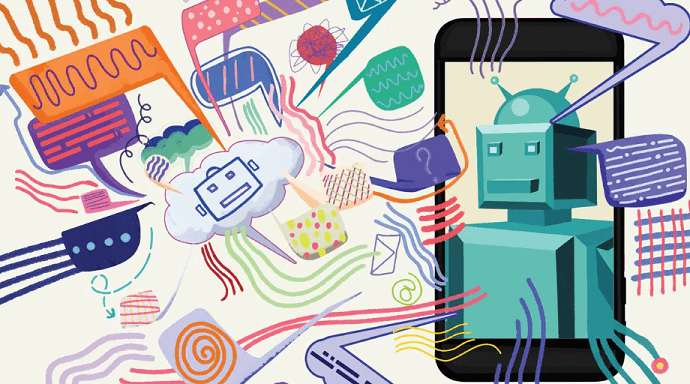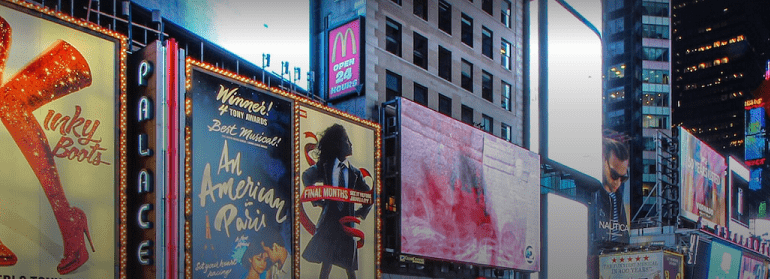Archetypes have long been used by marketers to help define a brand’s personality, which in turn allows for a powerful and cohesive digital marketing strategy to be rolled out. Nowhere is this more apparent than in the world of luxury marketing, where story archetypes help brands to define their image and tailor their marketing to a very specific group of individuals.

Relevance explain how story archetypes can be a powerful tool in luxury brand storytelling.
There are 12 archetypes, which were defined by famed Swiss psychiatrist and psychoanalyst Carl Jung. These carefully constructed story archetypes each reflect enduring personas that feed into the human experience, helping a brand to discover its personality and brand voice by anchoring it to a clearly defined story archetype that is already embedded within humanity. This story archetype ultimately defines how and the way that brand communicates to its target audience, helping to make the brand instantly recognisable.
By identifying the specific archetype that a brand embodies, marketers can tap into what that brand’s clients consciously, or unconsciously, desire to experience. Archetypes are, at their very essence, story characters, whose symbolic or personal significance evokes emotional reactions in the listener.
Once a luxury brand has chosen their story archetype, they can create a powerful and compelling story that resonates with individuals’ desires, essentially enabling their target audience to better relate to a brand and their product. And, when you consider that a survey by Meaningful Brands in 2017 highlighted that 84 percent of people expect brands to produce content that entertains, provides solutions, experiences and events, carefully selecting the right story archetype and producing compelling content to appeal to that archetype has never been more important, or powerful.
A brand’s overall digital marketing strategy will also be driven by their archetype, dictating where their marketing focus should lie as well as what social media platforms will work best for them.
Story archetypes run the gamut from those that create excitement, to those that convey comfort to others, and choosing the right one is essential for the success of any brand.
The following 12 archetypes are typically used by marketers, with each story archetype tapping into the common narrative that individuals experience and see on a day-to-day basis.
The 12 story archetypes
The Creator
Naturally expressive, original and imaginative, the Creator wishes to see new ideas take shape and see visions realised. This is the ideal story archetype for technology brands, in addition to marketing and design brands, companies who believe that anything is possible and that ideas should not be stifled. Novel and experimental digital marketing strategies tend to work best with this archetype, with brands often focusing on their creative and innovative ideas. The multinational technology company Apple ideally fits this story archetype as it constantly pushes the boundaries of technological evolution.
The Everyman
Naturally empathetic, unpretentious and resilient, the Everyman’s purpose in life is to be accepted and belong. This is the story archetype for brands that wish to be known for their reliability and quality. Trust is central to this archetype, along with a feeling of belonging. Digital marketing strategies that offer a realistic down-to-earth view will appeal best. Luxury fashion and beauty brand Fenty appeals to the Everyman, with its no no-nonsense products designed to appeal to a wide range of people.
The Innocent
Idealistic, optimistic and hopeful, the Innocent wishes to live life in harmony and is the archetype for brands that offer wholesome fun, alongside brands that promote wellness, or those selling natural products, for example. Simple, yet cheerful marketing campaigns tend to appeal best to this archetype. Exclusive brand Chanel appeals to this story archetype with its luxurious goods that promote happiness and wellbeing.
The Explorer
Naturally independent, authentic and curious, this archetype craves, freedom, and adventure, with marketing campaigns tapping into this archetype’s desire by focusing on risk taking, travel and discovery. Ambitious and innovative, Explorer brands aim to push the boundaries and embrace anything is possible attitude. The Explorer story archetype is perfect for brands that promote exploration, such as Land Rover and its go anywhere rugged off-road vehicles.
The Caregiver
Compassionate, nurturing and dedicated, the Caregiver’s purpose in life is to help others. Brands that align with this story archetype offer protection, safety and support for their customers, and often includes healthcare, education, resorts, and baby care brands. Emotionally driven digital marketing strategies tend to appeal best to this archetype. The Four Seasons Hotels are ideal for this, with their latest marketing campaigns tapping into how they can help families spend more quality time together.
The Ruler
Confident, competent, and responsible, the Ruler aims to be a role model to others. Digital marketing strategies for brands that align with this story archetype need to have an authoritative voice, infused with a sense of wealth and success. Brands such as Porsche are an ideal fit for the Ruler archetype.
The Magician
Intuitive, insightful and inspiring, the Magician’s purpose in life is to transform the ordinary into extraordinary. Digital marketing strategies should be imaginative and inspiring, aimed at making dreams comes true and turning problems into opportunities. Italian jewellery company Bvglari’s extraordinary and exceptional designs perfectly resonates with the ideals of this story archetype.
The Rebel
Unconventional thinkers who can develop new, cutting-edge approaches, the Rebel’s purpose in life is to shake up the status quo, a great fit for action-orientated brands that want to stand out and be different. Digital marketing strategies should demonstrate the brand as an alternative to the mainstream in order to be successful. Balenciaga’s forward-thinking and cutting-edge designs perfectly align with this archetype.
The Entertainer
Playful, spontaneous, and humorous, the Entertainer aims to make people feel good, lighten the mood, and enjoy themselves. Fun-filled creative marketing strategies that create an emotional response work best. A great story archetype for fun-loving brands that are aimed at encouraging people to have a good time, such as historic fashion house Gucci.
The Lover
Appreciative, passionate and committed, the lover’s purpose in life is to make people feel special. Brands tap into this feel-good attitude by creating compelling digital marketing strategies that pleasure the senses. A great fit for aesthetically beautiful brands, especially very exclusive ones, such as Hermes.
The Sage
Intelligent, knowledgeable and reflective, the Sage seeks to find answers to their questions. This story archetype is a great fit for educational or research-based brands, as well as news outlets. Factual digital marketing strategies that challenge the audience to think differently and discover more about the world will work best with this archetype. Patek Philippe, one of the oldest luxury watch manufacturers in the world, is a great example of an iconic brand that perfectly fits with this story archetype.
The Hero
Determined, achievement-orientated and focused, the Hero’s purpose in life is to improve the world. Brands that align with this story archetype promote themselves as being superior to their competitors, often creating loud and bold marketing campaigns, such as the prestigious watchmaker Rolex.
At Relevance, we use story archetypes to help us craft compelling stories that align perfectly with our client’s brand personality but we also go beyond the traditional story archetypes to develop our own. Based on data and assumptions that we have in-house, we really believe in the power of creating your own archetypes that uniquely characterise a specific brand. For example, we have a huge amount of information on high-net-worth-individuals and ultra-high-net-worth-individuals, from their lifestyles and spending habits, to their education and business profiles. This unique data enables us to identify trends amongst this audience, create our own story archetypes, and then craft innovative digital marketing strategies and campaigns that are based on data and facts, not assumptions.
Contact the team of digital marketing experts at Relevance if you require digital marketing strategies that work coupled with severe standards of excellence. And, for a bit of fun, why not check out our quiz and discover your archetype.
By Rumble Romagnoli
CEO at Relevance.

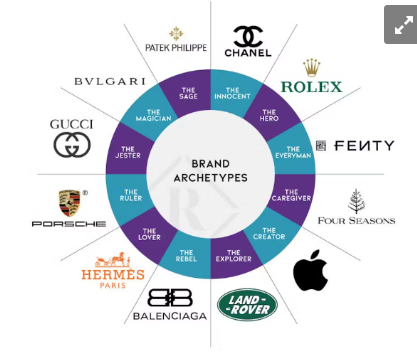
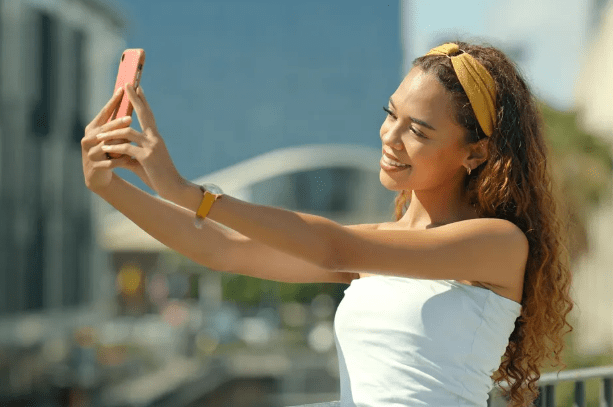

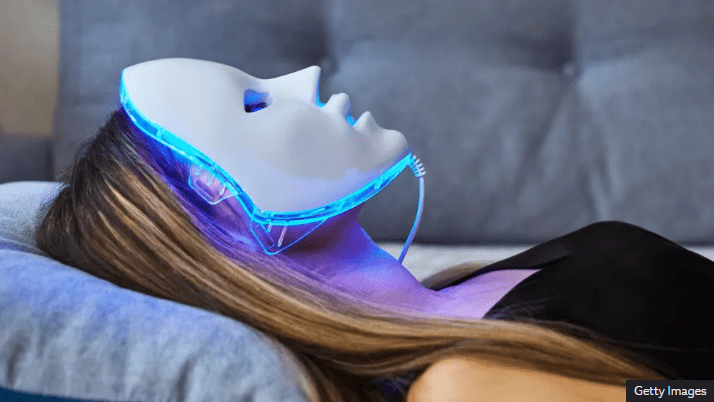



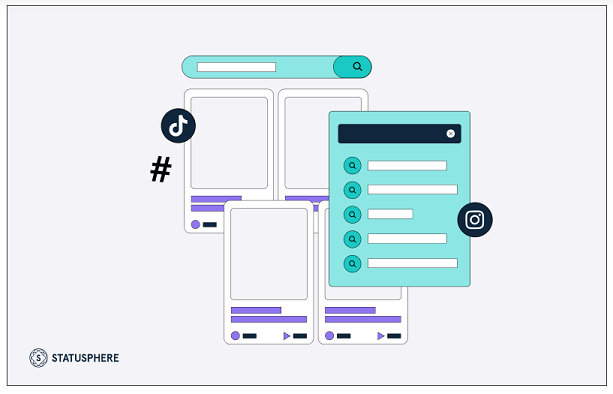
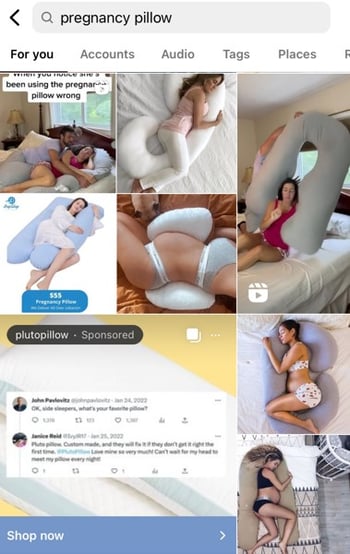
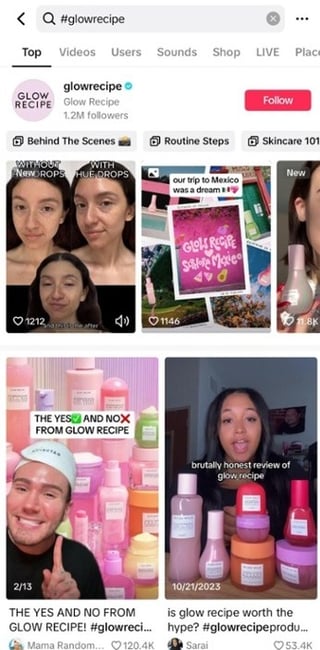
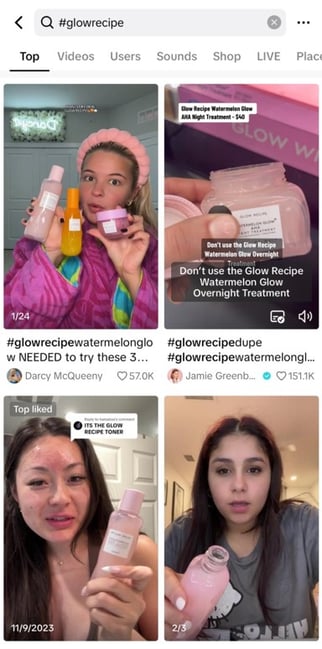
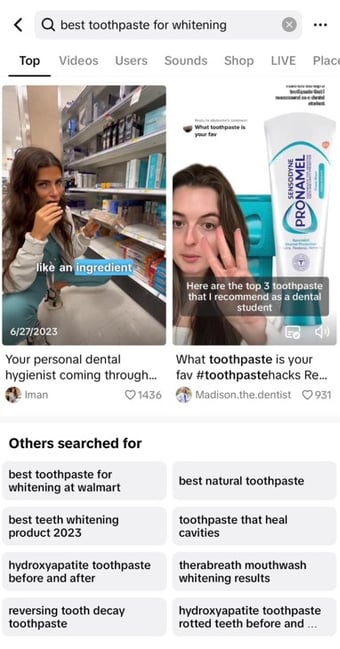
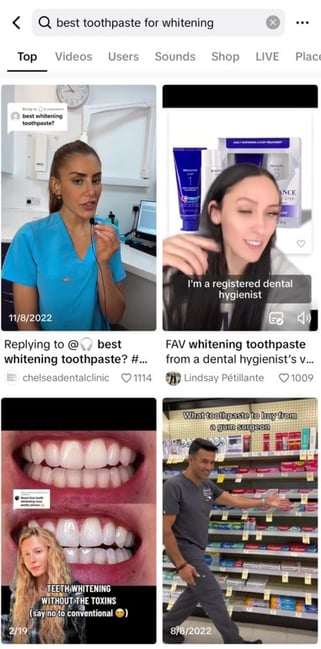
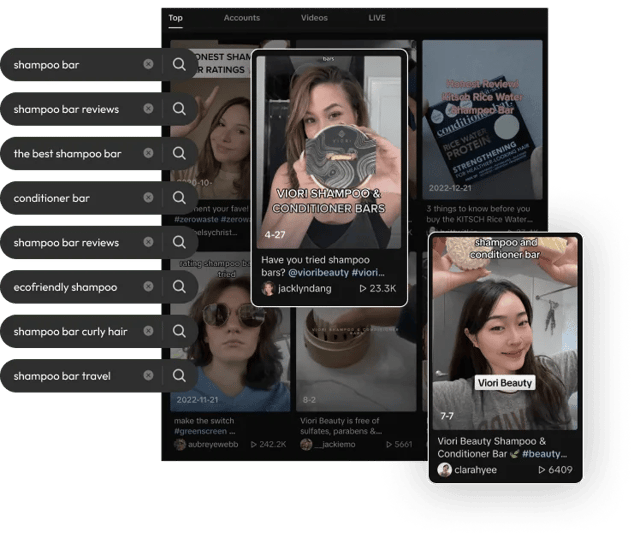 As a result, creators have more of a chance to “hit” with the algorithm and cement your brand’s social SEO rankings when they post on your behalf. Especially if you’re consistently partnering with a high volume of creators at once. This approach to influencer partnerships is becoming the norm for
As a result, creators have more of a chance to “hit” with the algorithm and cement your brand’s social SEO rankings when they post on your behalf. Especially if you’re consistently partnering with a high volume of creators at once. This approach to influencer partnerships is becoming the norm for 




